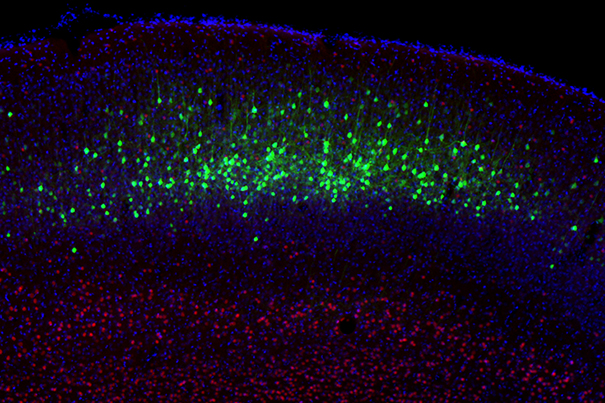Harvard neuroscientists have proven that neurons and neural networks in the brain can change their type and functionality.

Neuroscientists at the Harvard Stem Cell Institute have shown in their new work that networks of connections between neurons in the brain can be rebuilt as a result of the changing roles of individual neurons. The same scientists have previously proved that neurons are capable of “reprogramming” and changing their role - this discovery changed the understanding of the science of the work of brain cells.
“In our work, we showed that, firstly, neurons in the brain can radically change their type from one to another,” said Paola Arlotta, a professor of stem cell and regenerative biology. “And secondly, neighboring neurons are able to perceive a change in the role of cells and adapt their communications to their new role.”
')
In general, the “reprogramming” of the body’s cells was demonstrated back in 2008, when Harvard biologists were able to force the exocrine pancreatic cells to turn into beta cells that produce the hormone insulin.
And in a previous paper from 2013, Harvard researchers have refuted the conventional wisdom that neurons that take on any function never change it. It turned out that neurons can also change: scientists under the guidance of Professor Arlotta "turned" the cells of the corpus callosum into cortical-spinal cells. It is these cells that die during the development of amyotrophic lateral sclerosis in humans - the very disease that Stephen Hawking suffers from.
It is noteworthy that the change in the role of brain cells was demonstrated not in a test tube, but in the brain of living mice. Experimental mice were quite young, so it is not yet known whether this trick will work in adults and older organisms.
The new work shows that the ability of cells to change the "field of activity" is not limited to changing the operation of single neurons. The entire network of synaptic neurons associated with them is rearranged and begins to work in a new way. This opens the way to a better understanding of how neurons choose their synaptic partners, and to develop new ways of dealing with neurological diseases, including schizophrenia and autism.
Source: https://habr.com/ru/post/368989/
All Articles